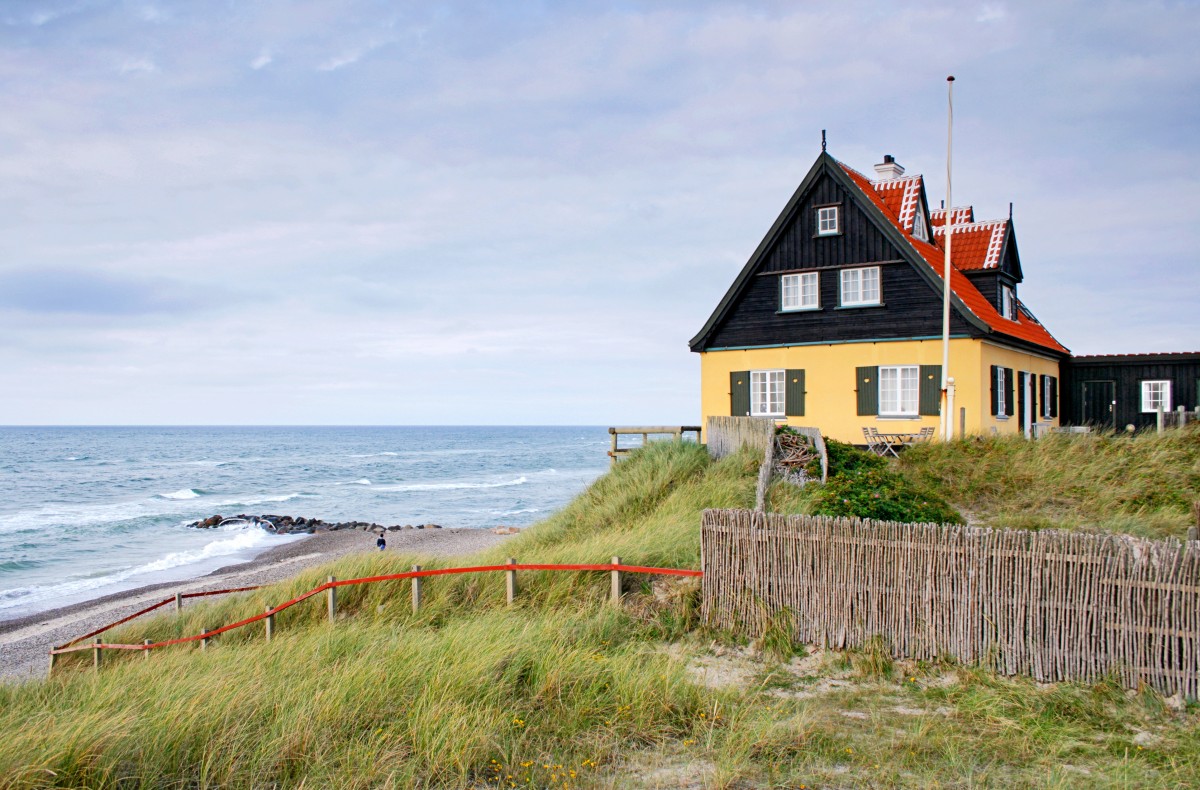Time management in the home office: work efficiently at home too
Productive in the home office: Organization is everything
When the company says that from now on they should work more or even exclusively in the home office, many employees are happy. Home office – this promises flexible working hours, more freedom and a lot of time savings, since there is no need to go to an external workplace. In practice, however, it is not automatically easy for everyone to adjust to the new circumstances. The fixed structures in everyday office life are missing in the home office: With the freedom and flexibility gained comes an additional responsibility – namely that of organizing oneself and coping with the work that needs to be done despite the home environment and the distractions associated with it. It is advisable to draw up a plan before starting work, which includes fixed office hours, among other things. These can be based, for example, on previous working hours or on the individual biorhythm. It is important that you stick to these times even without control and specifications from the boss in order to work as efficiently as possible.
Students, who are now also increasingly sitting in front of the computer due to online lectures, should pay attention to a correct workplace design and good daily planning. Because this is the only way that studying 2.0 can be successful in today’s world.
Integrate break times and promote concentration
Of course, you can’t be productive if you don’t take breaks in between. This applies in the home office as well as on site in the company, but also when learning and studying. Experts recommend building break times into your schedule so you don’t accidentally forget it’s time for a little break. Of course it is possible to flexibly adjust the break times to the work. If you’re on the phone, you don’t have to interrupt it to have a coffee – but basically you should stick to the set times if possible. It is advisable to use the break for some exercise and not to sit at your desk. In this way you relieve your eyes (this is especially true when working with a computer) as well as your back, neck and shoulders. In most cases, breaks of 15 minutes each in the morning and afternoon and a lunch break of at least 30 minutes have proven to be relaxing and regenerative. When exactly you take breaks in your everyday work or study life is of course ultimately up to you: Here you can benefit from the flexibility of working from home.
Enter important appointments and deadlines and don’t forget anything
Even everyday work in the home office can quickly become stressful. Even if you don’t leave your own four walls, there are appointments and deadlines that must never be forgotten. So that you do not lose track, it is advisable to enter all important times, dates and appointments in a calendar. This is easily possible via Microsoft Outlook, for example. In this context, you can also create a reminder that alerts you with an alarm tone that a deadline is approaching or a video conference is due. It is also advisable to draw up a timetable for the coming week in order to allocate a corresponding time window to each task that arises. Don’t forget to factor in sufficient time buffers: This can absorb any delays and significantly reduce potential stress. If you finish the task earlier, there is more time for a longer break or for an earlier end of the day.
Avoid distractions: Put your smartphone away!
Distractions are literally lurking around every corner in the home office. One moment the courier rings, the next the children are in the door: if you want to be productive in your home office, you sometimes need a “thick skin”. In most cases, the smartphone is probably the biggest distraction. We react automatically to every notification from WhatsApp, Instagram or Facebook because we don’t want to miss anything. It is therefore strongly advisable to mute these notifications during working hours in the home office. This way you avoid having your concentration interrupted every time. During the breaks you have ample opportunity to read and reply to the messages. If there are children in your household, it cannot always be avoided that the children are also present during office hours. Experts recommend explaining to children that mom or dad will be at home but not available when you are at work. A colorful sign with the fixed working hours on the door of the home office also makes it clear to the little ones how important it is for the respective parent to be quiet and not to be disturbed while working.









